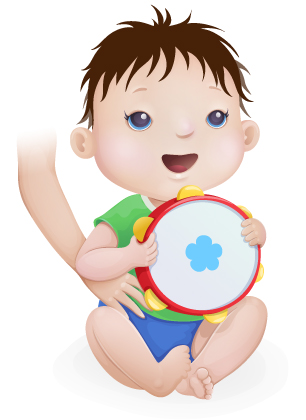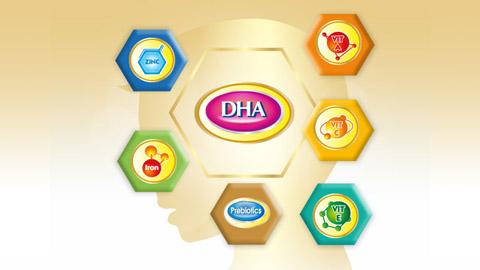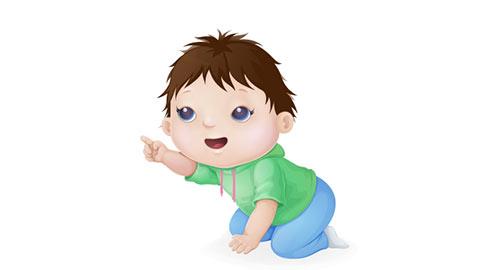You can help encourage your baby’s amazing development. Along with good nutrition, many simple activities that are part of your everyday love and care will help her grow and learn.
Cognitive
-
Call to her.
Try saying your baby’s name just before you enter a room. She’ll look around to see where your voice is coming from, now that she knows her own name.
-
Play pickup.
When your baby drops a toy, hand it back to her. You may grow tired by the sixth or seventh time, but to your baby this is hilarious and educational: She’s learning about cause and effect.
-
Keep toys new to her.
Continue to swap out your baby’s toys every few days so there’s always something fresh for her to explore. They don’t have to be brand-new every time, of course; it’s fine to simply rotate a selection. Try toys that are soft enough to be easily grasped (like stuffed animals), musical toys (such as bells or tambourines, as long as any small parts are securely attached), soft balls, cube -shaped toys (which she may now be able to grasp), and toys with varied textures. Blocks and rings are also good choices.
-
Make faces in the mirror.
Hold your baby in front of a mirror and make a funny face. See if she tries to touch your reflection—or perhaps by now she may realize that the reflection is yours. Mirrors teach your baby about spatial relationships.
Motor
-
Hit the floor.
Schedule daily floor time for your baby during which she can sit, lie, or roll around on the floor and play with toys or with you. Using a play yard or playpen may make it easier to keep her safe.
-
Give her goals.
Place an intriguing toy slightly out of reach when your baby is on her tummy. She may be encouraged to roll over or even try to creep toward it. Also try placing a toy in front of your baby when she’s sitting in a supported tripod position or when she’s able to sit up alone. This practice will encourage her to reach for the toy with one hand, which improves her balance. Place pillows around her for protection in case she topples over.
-
Play ball.
Place a few child-safe balls on top of a small, baby-safe unbreakable mirror that your baby can reach for. The motion and reflection will fascinate her while she practices reaching and balancing.
-
Take to the water.
If she can sit independently, place your baby in a bathtub with a few inches of water. The water will be a fun distraction while she practices sitting—with your constant supervision, of course.
Communication
-
Talk to your baby often.
Using exaggerated speech patterns and facial expressions will help keep your baby’s attention.
-
Name objects and actions.
Dog, spoon, bath, driving, eating: Your baby is beginning to associate certain sounds and words with people, objects, and events, even if she can’t say actual words yet.
-
Respond to your baby’s babbles.
Use the words she’s trying to say, but do so matter-of-factly, rather than in a correcting tone. For instance, if she says, “ba ba,” you might show her a picture of a baby and say, “Baby.”
-
Keep up the reading.
You baby will enjoy board books with colorful, simple illustrations.
-
Consider teaching your baby some signs.
Although babies often use pointing as an effective communication tool, baby sign language also can encourage conversation and ease some frustration.
Social
-
Allow your baby to self-soothe.
She may do this by sucking on her fingers, thumb, or a pacifier. It’s important for her to develop ways to comfort herself when she’s in unfamiliar situations or is separated from you.
-
Continue to note your baby’s likes and dislikes.
Try to incorporate the things that give her pleasure into her play and other interactions.
-
Stick with a soothing bedtime ritual.
Through it, your baby is learning to settle down to sleep on her own. For example, feed her and sing to her more softly than when you put her down for naps. Put her in her bed while she’s still awake but drowsy, and pat her back and offer a pacifier (if she uses one) to help her fall asleep.
Like more activities to boost your child’s development? Join Enfamama A+ Club to learn more.




